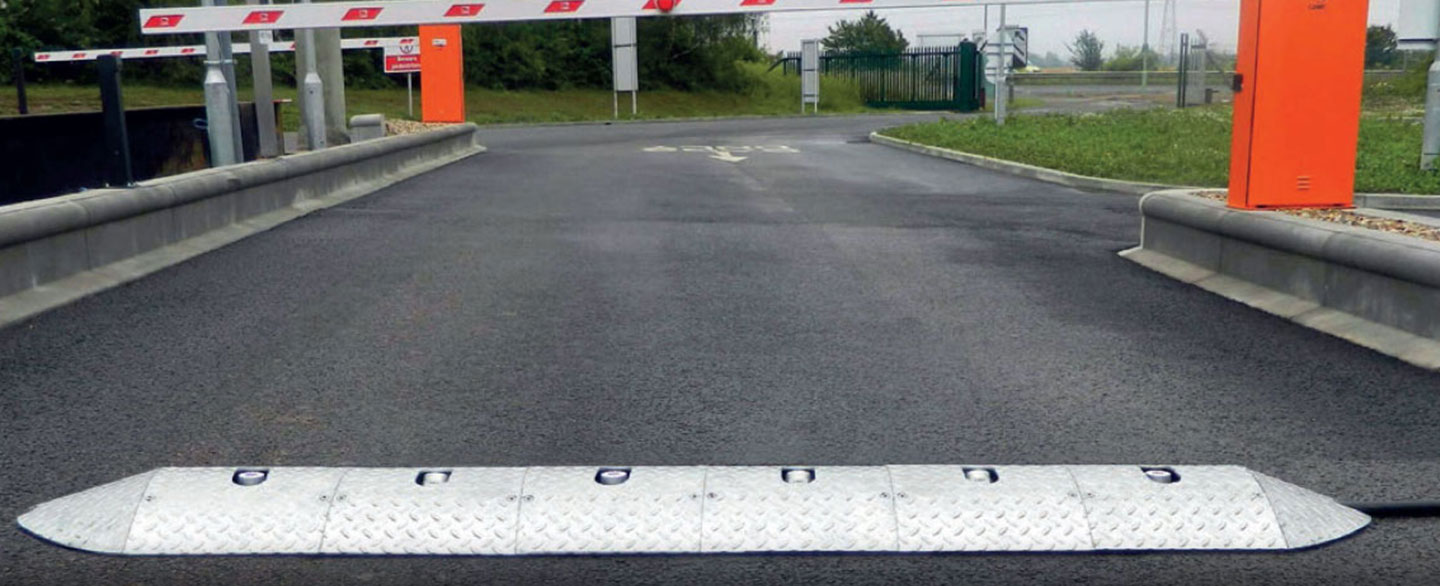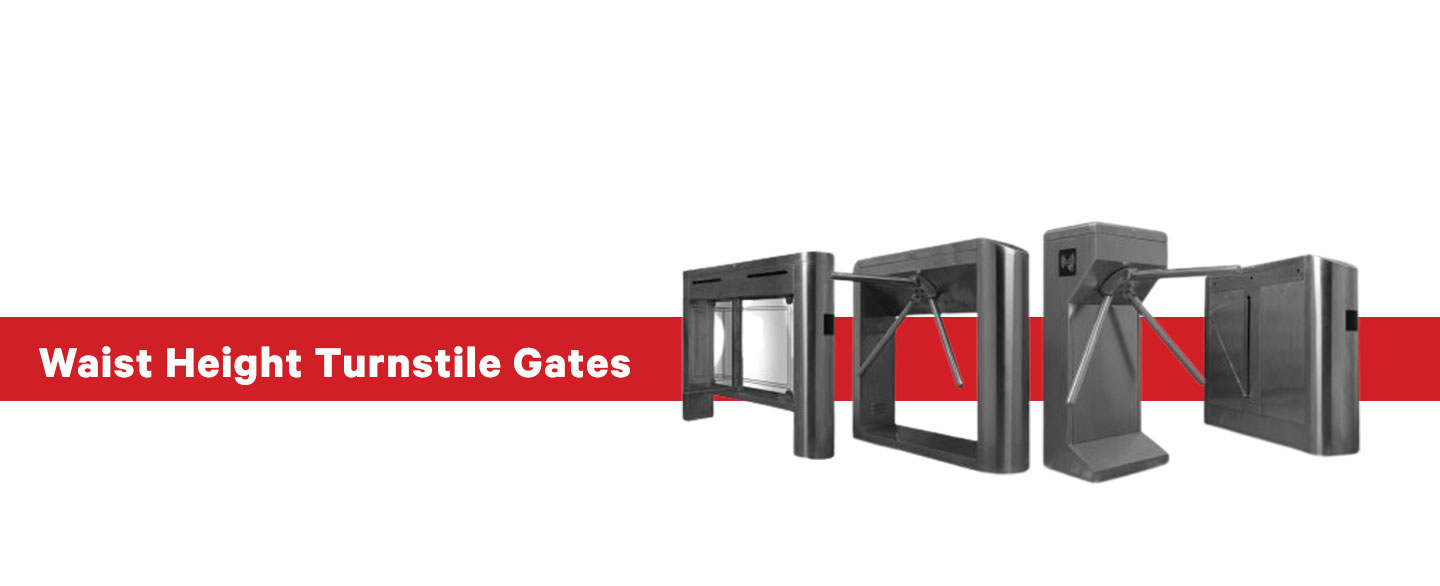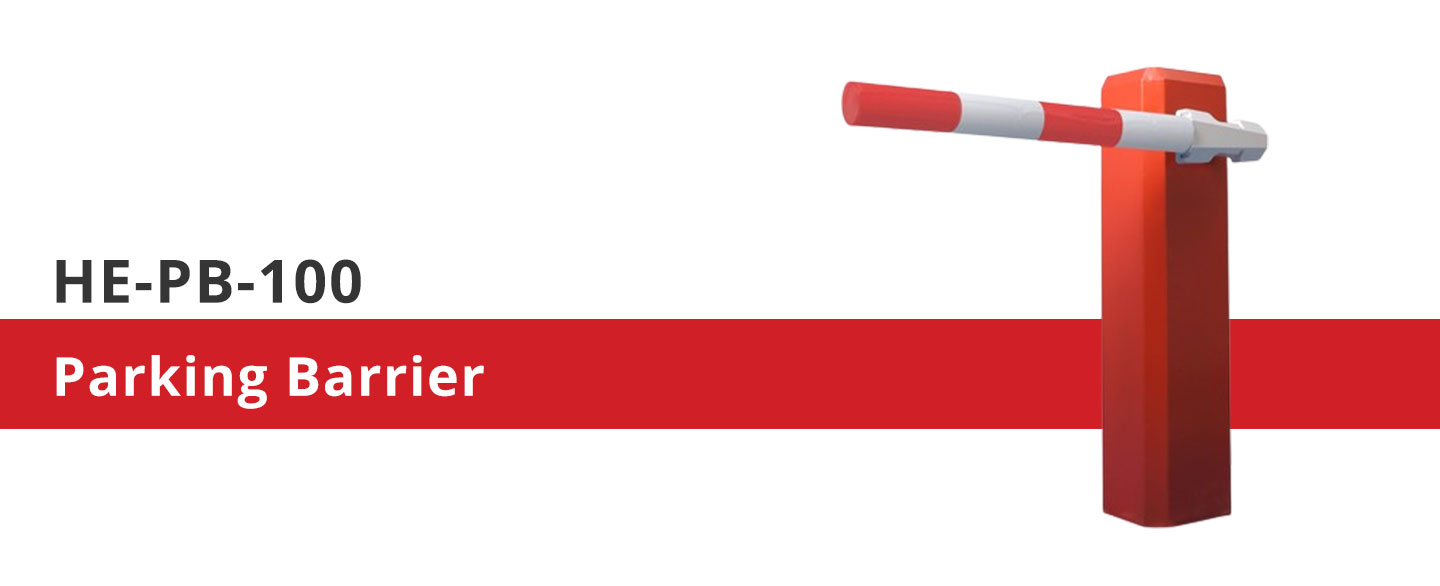Full Fill Your Security Purpose With Walk Through Gate
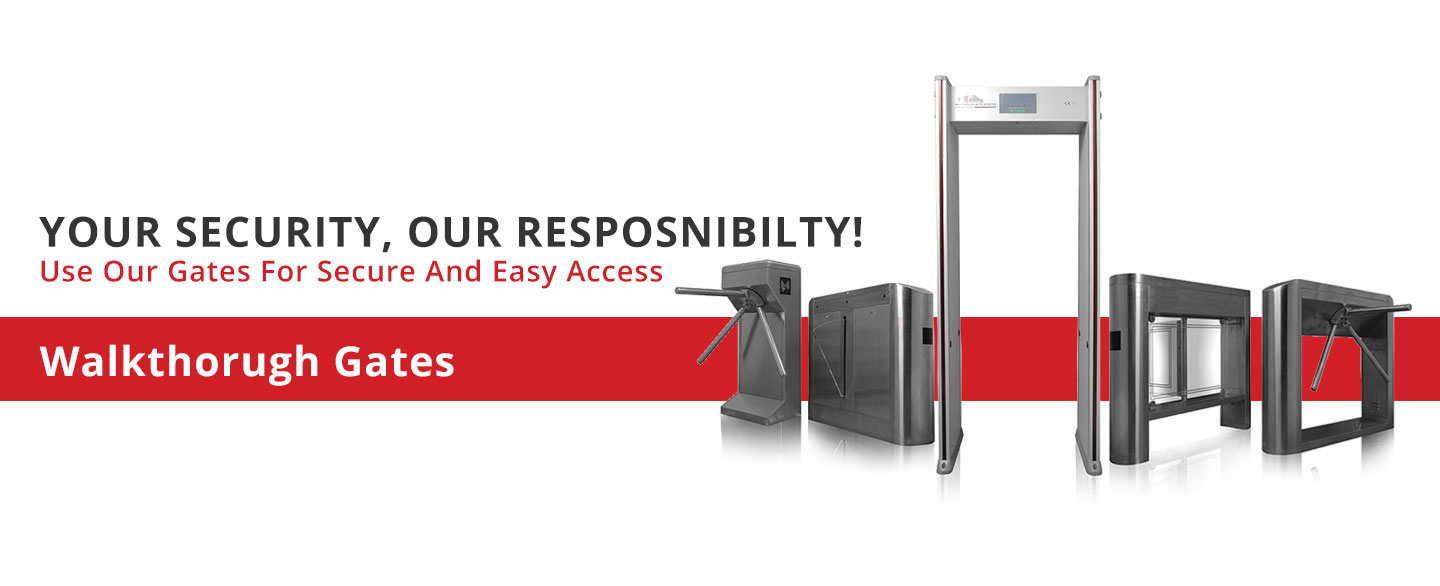
Walk Through Gate
Walk Through Gate typically refers to a type of gate or doorway that is designed for people to walk through, often used as a security or entry point in various settings such as buildings, events, or airports. They typically consist of two or more upright posts with a crossbar or horizontal bar at the top, allowing people to pass through while preventing unauthorized access.
Here are some common types of walk through gates:
Metal Detectors Gates
Metal Detectors Gates used for security purposes in public places, these gates detect metal items carried by people and can alert security personnel to potential threats.
Turnstile Gates
Turnstile Gates commonly found in public transport, stadiums and amusement parks, turnstile gates control the flow of people and restrict entry to authorized personnel only.
Swing Gates
Swing Gates traditional gates that open by swinging on hinges, often used as entry gates to buildings, parks, or private property.
Sliding Gates
Sliding Gates similar to swing gates but slide open along tracks, commonly used in residential properties or commercial premises.
Barrier Gates
Barrier Gates used to regulate the flow of vehicles, these gates open and close to access control to a particular area, often used in parking lots or toll booths.
Walk through gate working principle
The working principle of a walk through gate typically depends on the specific type of gate, but here are some common examples:
Metal Detectors Gates
Metal Detectors Gates work by emitting an electromagnetic field that passes through the body of a person entering the gate. Any metal items carried by the person will disrupt the field, which is detected by sensors and indicated on the gate's display.
Turnstile Gates
Turnstile Gates work by allowing one person to enter at a time, using mechanical or electronic arms that rotate in a controlled manner. When a person pushes through the gate, the arms rotate and then lock to prevent others from following.
Swing Gates
Swing Gates work by swinging open and closed on hinges, either manually or automatically with the use of a motor.
Sliding Gates
Sliding Gates work by sliding along tracks, either manually or automatically with the use of a motor. They may be equipped with safety sensors to prevent accidental injury.
Barrier Gates
Barrier Gates work by raising and lowering a barrier, typically using a motor. They may be controlled by a remote device, ticket system, or card reader, and may also be equipped with safety sensors to prevent accidental injury.
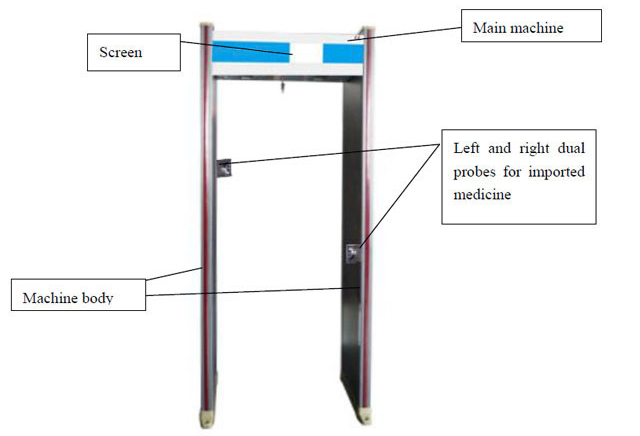
Walk through gate specification
The specifications of a walk through gate can vary greatly depending on the type of gate and its intended use. However, here are some common specifications that are often considered:
Size
The height and width of the gate, taking into account the size of the opening and the type of people or objects that will be passing through.
Material
The type of material used to construct the gate, such as metal, wood, or plastic. The material should be durable and able to withstand regular use and weather conditions.
Security features
The type of locking mechanism or access control system used to prevent unauthorized entry. This may include card readers, biometric scanners, or keypads.
Capacity
The maximum number of people or vehicles that can pass through the gate in a specified time period.
Power requirements
The type of power source needed to operate the gate, such as electricity, batteries, or manual operation.
Safety features
Safety features or sensors included to prevent injury, such as automatic stop sensors or slow-closing mechanisms.
Integration
The ability to integrate the gate with other security systems, such as alarms or cameras.
Maintenance
The level of maintenance required to keep the gate functioning properly, including regular cleaning, lubrication, and replacement of parts.

Walk through gate metal detector
A walk through gate metal detector is a type of gate that uses electromagnetic technology to detect metal objects carried by people entering the gate. The following are some common specifications and features of walk through gate metal detectors:
Detection Zones
The number of detection zones, which determine the level of sensitivity and accuracy of the metal detector.
Sensitivity Settings
The ability to adjust the sensitivity of the detector to detect specific types of metal, or to accommodate different environments and types of people.
Alarm Indicators
The type of alarm indicator used to alert security personnel of the presence of metal objects, such as audio, visual, or vibrating alarms.
Power Requirements
The type of power source needed to operate the detector, such as electricity, batteries, or manual operation.
Portability
The ability to easily move the detector to different locations, and the weight and size of the detector for easy transportation.
Compliance
Compliance with relevant industry standards, such as those set by the International Electrotechnical Commission (IEC) or the American National Standards Institute (ANSI).
Integration
The ability to integrate the detector with other security systems, such as cameras or alarms.
Maintenance
The level of maintenance required to keep the detector functioning properly, including regular cleaning and replacement of parts.
Walk through gates security
Walk through gates are commonly used for security purposes, but the level of security they provide can vary depending on the type of gate and the specific security features included. Here are some ways walk through gates can improve security:
Access control
Access control systems such as keypads, biometric scanners, or card readers, walk through gates can restrict entry to authorized personnel only.
Metal detection
Walk through gate metal detectors can detect metal objects carried by people entering the gate, alerting security personnel to potential threats.
Turnstiles
Turnstile gates control the flow of people and prevent unauthorized entry by allowing only one person to enter at a time.
Barriers
Barrier gates can control the flow of vehicles and prevent unauthorized entry by raising and lowering a barrier.
Integration with other security systems
Walk through gates can be integrated with other security systems, such as cameras or alarms, to enhance overall security.
Physical security
Walk through gates can provide a physical barrier that makes it more difficult for unauthorized individuals to enter a secure area.
Increased visibility
Walk through gates can increase visibility into and out of secure areas, making it easier for security personnel to monitor and respond to potential threats.
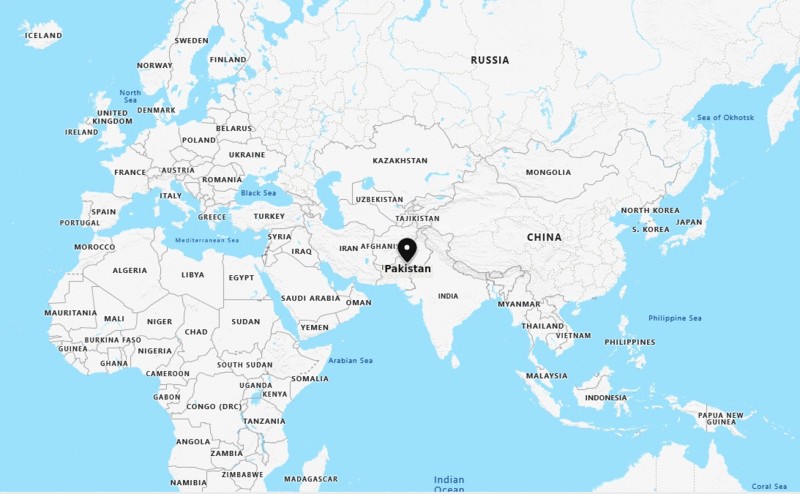
Walk through gate in Pakistan
Walk through gates are commonly used for security purposes in Pakistan, and can be found at various locations such as government buildings, airports, banks, and border crossings. The type of walk through gate used may vary depending on the specific security requirements of each location. Some common types of walk through gates used in Pakistan include:
Metal detectors
Metal detectors used to detect metal objects carried by people entering the gate and alert security personnel to potential threats.
Turnstiles
Turnstiles used to control the flow of people and prevent unauthorized entry by allowing only one person to enter at a time.
Barrier gates
Barrier gates used to control the flow of vehicles and prevent unauthorized entry by raising and lowering a barrier.
Access control systems
Access control systems used to restrict entry to authorized personnel only by using keypads, biometric scanners, or card readers.
Integration with other security systems
Walk through gates can be integrated with other security systems, such as cameras or alarms, to enhance overall security.
In Pakistan, the use of walk through gates has become increasingly important in recent years due to the threat of terrorism and other security concerns. Many organizations and government agencies in Pakistan have implemented strict security measures, including the use of walk through gates, to help ensure the safety of their facilities and personnel.

Walk through gate livestock
Walk through gates are commonly used in the management of livestock, such as cows, horses, and sheep. These gates are used to control the flow of animals and prevent them from escaping or entering areas where they are not permitted. Here are some common types of walk through gates used in livestock management:
Freestanding gates
Standalone gate that can be moved to different locations to control the flow of animals.
Panel gates
Gate that is attached to a panel or fence to create a barrier for livestock.
Crowding gates
Gate used to control the flow of animals during handling or movement.
Chute gates
Gate used in livestock handling facilities to control the flow of animals through a chute or alley.
Portable gates
lightweight gate that can be easily moved to different locations, making it ideal for managing livestock in outdoor or pasture settings.
Walk through gates for livestock can be made from a variety of materials, including wood, metal, and plastic, and are designed to withstand the wear and tear associated with daily use and exposure to the elements. They can be adjustable to accommodate different sizes of livestock, and some models may include features such as locking mechanisms or self-closing mechanisms to prevent escape.
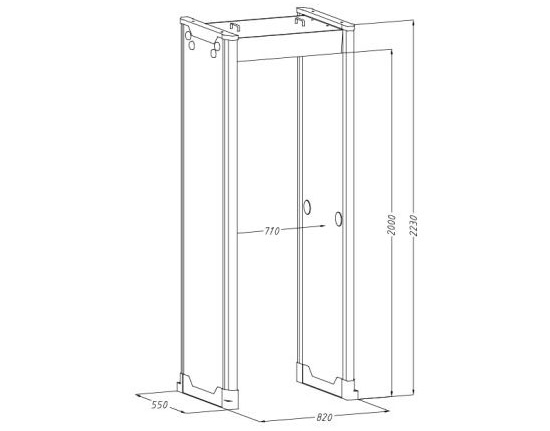
Walk through gate size
The size of a walk through gate depends on several factors, including the intended use, the location, and the number of people or animals expected to pass through the gate. Here are some things to consider when determining the size of a walk through gate:
People flow
People flow for walk through gates in public spaces, such as airports or government buildings, the size should be large enough to accommodate the expected flow of people without causing congestion or delays.
Space constraints
Space constraints the size of the gate may be limited by the available space, so it's important to measure the space and choose a gate that will fit comfortably.
Height and width
Height and width for walk through gates used to manage livestock, the height and width should be large enough to accommodate the largest animals in the herd or flock, while still being tall enough to prevent escape.
Turnstile diameter
Turnstile diameter for turnstile gates, the diameter of the turnstile should be large enough to accommodate the expected flow of people without causing congestion or delays.
Barrier length
Barrier length for barrier gates, the length of the barrier should be long enough to prevent vehicles from bypassing the gate and entering restricted areas.
In general, walk through gates come in a range of sizes to accommodate different needs and requirements. It's important to consider the specific needs of each situation when choosing the size of a walk through gate.



